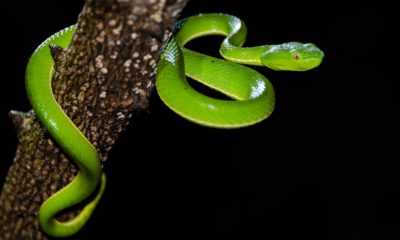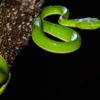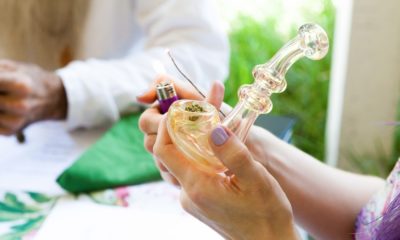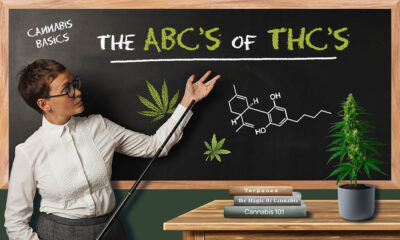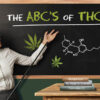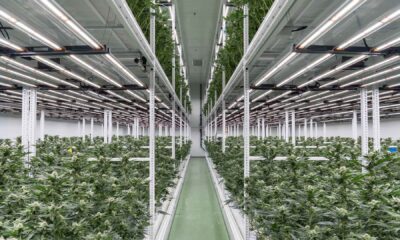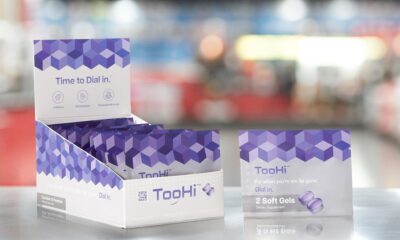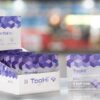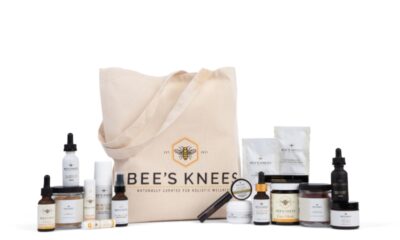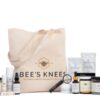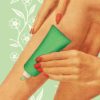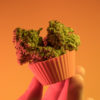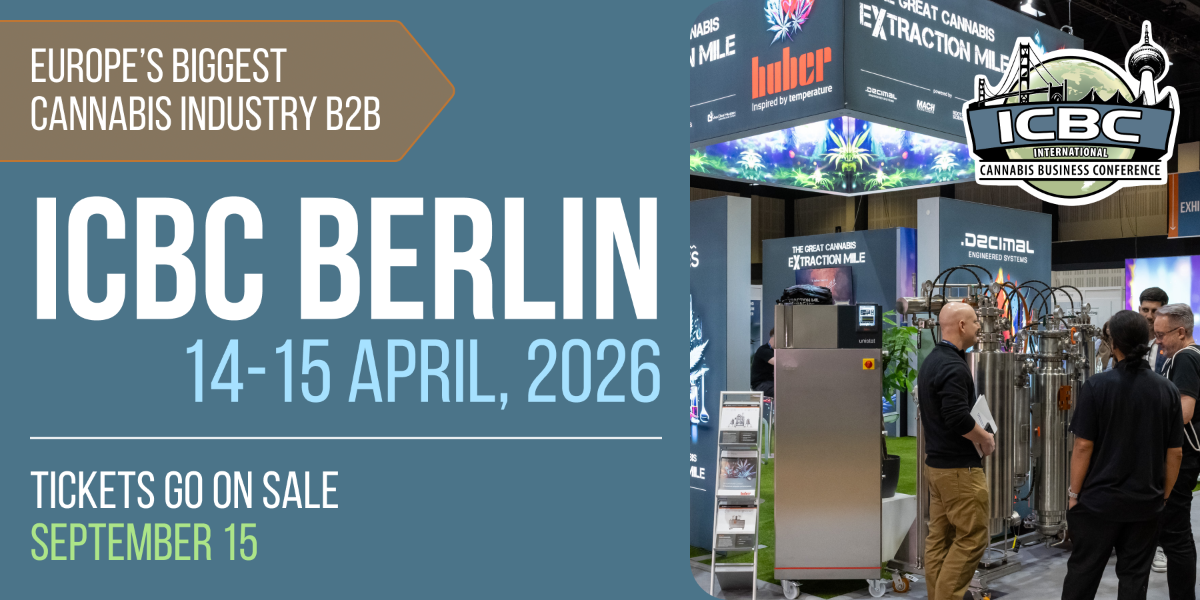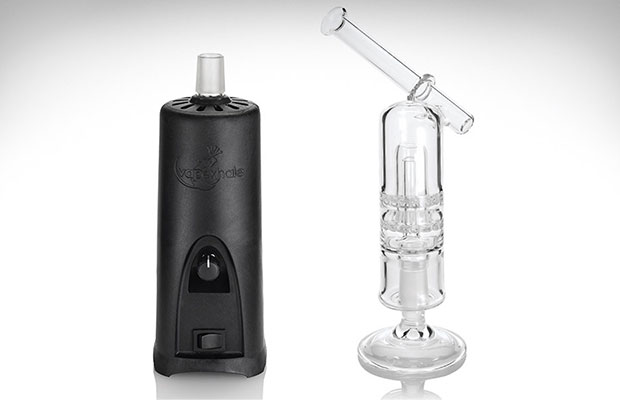
Products
Vapor Bong: The Coolest Way to Smoke
Compared with the camaraderie of smoking marijuana, vaporizing can seem somewhat sterile and impersonal. A vapor bong, on the other hand, is a lot more like burning a bowl in a water pipe with your buddies.
Many cannabis connoisseurs are turning to using a vapor bong as a potentially healthier, tastier and more economical means of consumption. With a vaporizer, THC and other cannabinoids are converted to vapor just as they are during combustion, but at lower temperatures that the user can control.
Bee-high.com estimates that the starting temperatures for combustion range up to 2,000 degrees Fahrenheit. During a puff, a study has shown that combustion temps reach 1,470-1,650 F. In contrast, the “ignition” temperature of vaporizers corresponds to the boiling points for cannabinoids: starting around 314 F (for THC delta 9) up to about 428 F for tetrahydrocannabivarin (THCV).
Even though vaporizing temperatures are lower than smoking, some people complain that the vapor can be harsh and dry on the throat. Many vaporists are former (or concurrent) smokers who are familiar with using a glass bong or bubbler to cool down and moisturize their smoke and filter out minute particles. Some of them are combining the benefits of vaporizing with a water filtration device.
How does a Vapor bong work?
Vapor bongs work a lot like combustion bongs. The main difference is that a vaporizer replaces the herb bowl and the cannabinoids are released more gradually, depending on the temperature you choose. With a little ingenuity and a couple of inexpensive parts, virtually any vaporizer can be mated with a bong.
Water pipe adapters (WPA) are standardized at 14.4 mm and 18.8mm (usually referred to simply as 14mm and 18mm) and are typically ground glass for a tight seal. With whip vapes, for instance, just replace the mouthpiece with a WPA that fits your bong and voilà, vapor bong.
The standard for today’s bongs and bubblers is the borosilicate glass used to make laboratory equipment like beakers, but optimized for water pipes with a sometimes dazzling array of percolator slits. These can range from a few simple slits in a down stem to elaborate disks, matrixes, showerheads, honeycombs and more.
When the user inhales, the percolator slits under the waterline create tiny bubbles of cannabis vapor that disperse throughout the water and rise to the surface, where they form a vapor “cloud,” often referred to as “white-walling” the bubbler. The water filters out particulates and cools and moisturizes the vapor. The more percolation, the cooler the vapor. The temperature of the water also matters. Warm water results in vapor that feels more humid and soothing on the throat.
Downsides
As an oil, cannabinoids are not soluble in water, though some oil condenses on the inside of the bong. A study from the 1990s suggested that some THC might be lost in the water, but other studies have contradicted those claims. Until more definitive evidence is produced, we’re left with what we know anecdotally – most people can’t tell much of a difference.
Setting up a Vapor bong
Some vaporizers seem to be designed with a water tool in mind, such as the VapeXhale Cloud EVO. VapeXhale sells specialized glass water tools called hydratubes that sit atop the vaporizer, but you can also invert the vaporizer on top of traditional bubblers.
The three most popular herb vaporizers from 7th Floor — Silver Surfer (SS), Da Buddha (DB) and especially the Life Saber (LS) — as well as the Arizer Extreme Q (EQ) also work extremely well with bubblers and bongs. With the SS, DB and EQ vaporizers, you simply replace the mouthpiece at the end of the whip tubing with a glass-on-glass (GonG) water pipe adapter and connect it to your bong. The direct draw LS vaporizer connects directly to your water tool using a water pipe adapter.
Log vaporizers like the Underdog, E-nano and Heat Island are also excellent performers with water tools, especially if you enjoy a few tasty yet potent hits from minute amounts of herb. Many portable vaporizers have custom adapters available for pairing with a glass bubbler. A good option is the butane-powered Lotus.
What’s the right Vapor bong for you?
Since vaporizers start off at temperatures that are hundreds of degrees lower than combustion, elaborate percolation or ice chambers that cool the vapor aren’t as necessary as they are with smoking. As vaporizers catch on, percolators will be valued less for their functionality than for their aesthetics and social prestige, said Travis Lachner, CEO of Bee-High. People love to whitewall their bongs and bubblers, and combustion creates more visible “clouds” than vaporizing. As vapor bonging catches on, Lachner envisions smaller bongs with less percolation for the best functionality and visual aesthetics.
Have you ever tried a vapor bong? Share your experience in the comments.



